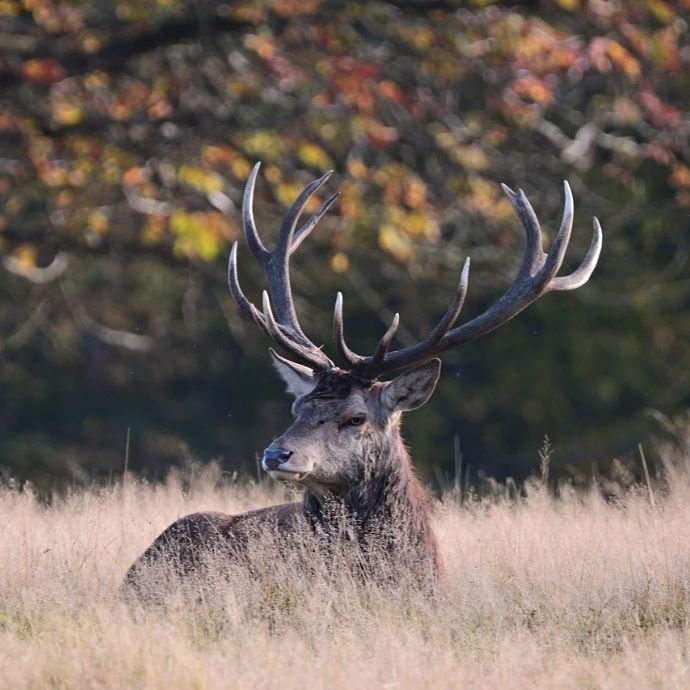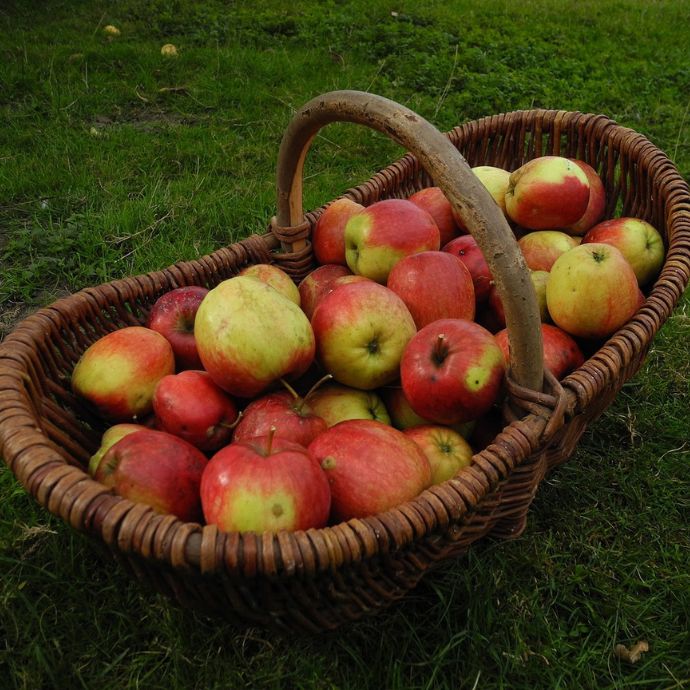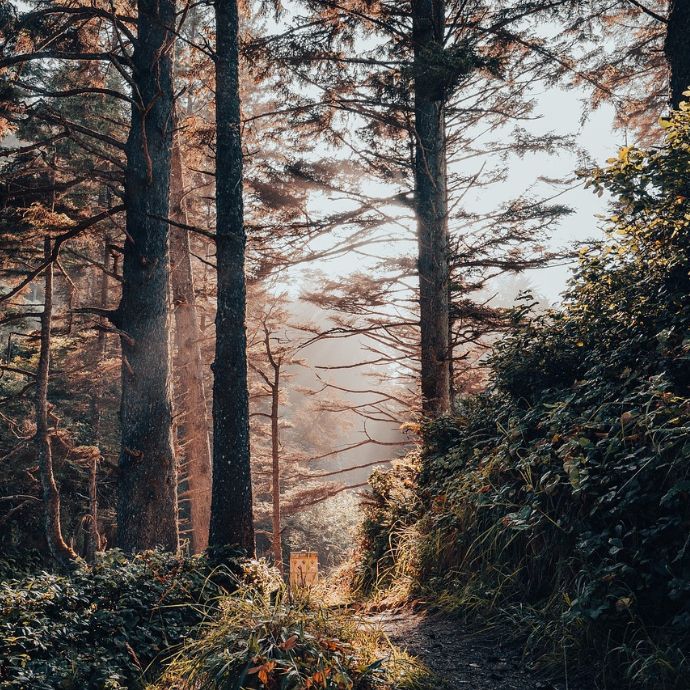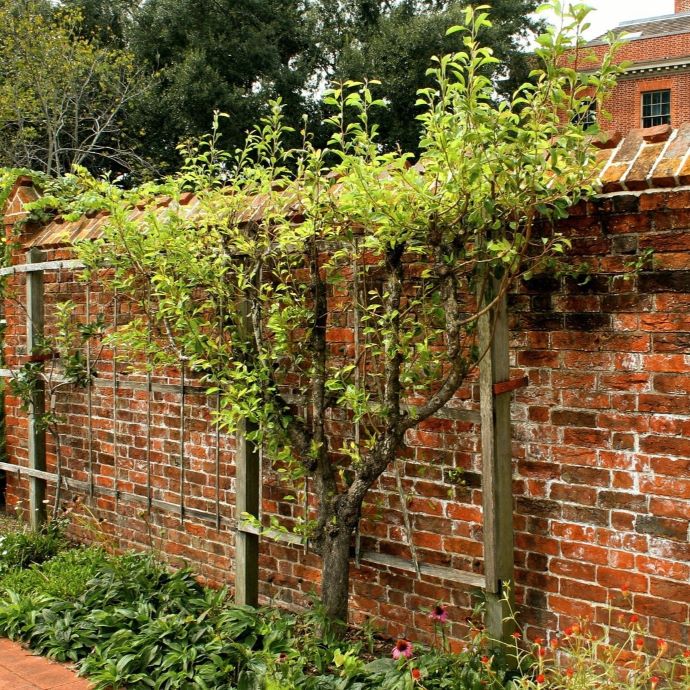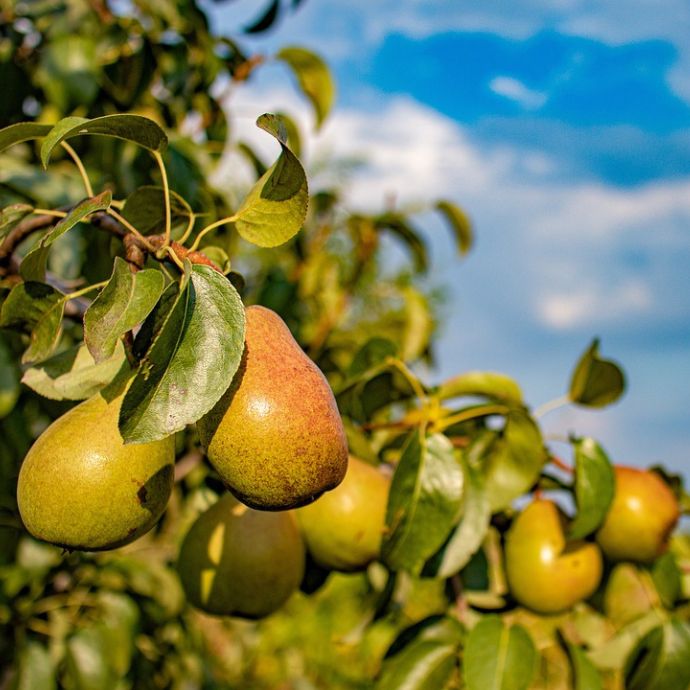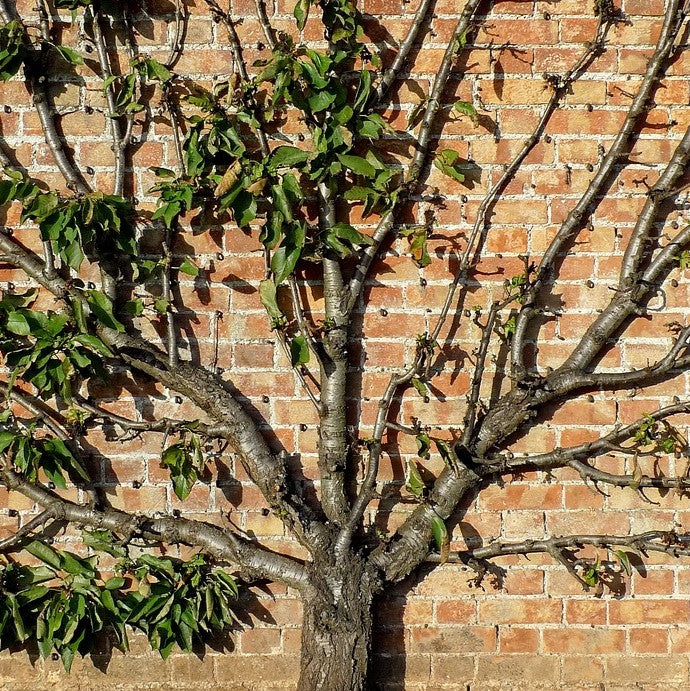Growing Camellias: The Complete Guide
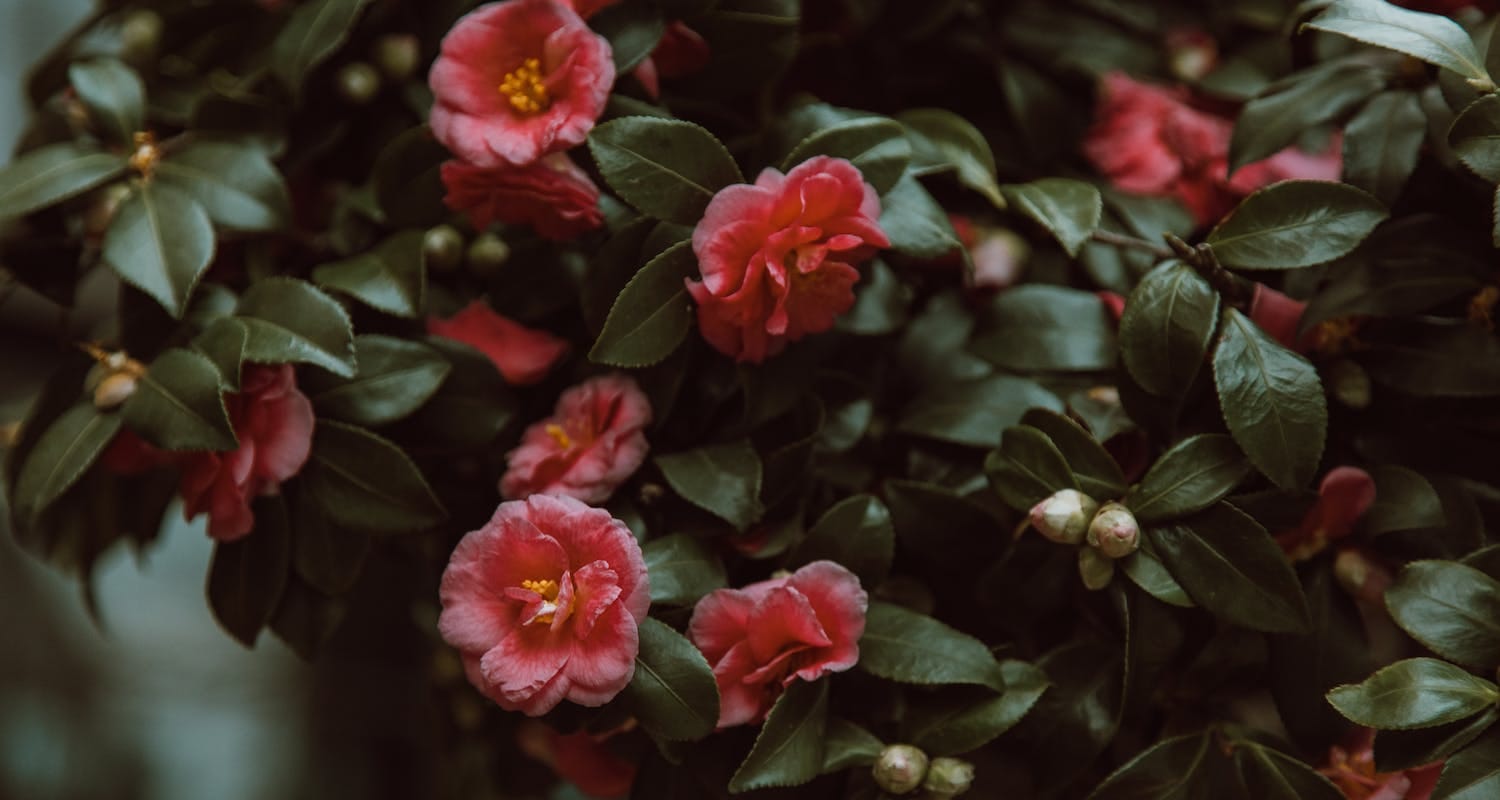
Camellias have a reputation for being fussy and difficult to grow, but we think that’s largely unfair and that what effort they do require is well worth it! With glossy green foliage and a huge choice of colours and flower shapes, camellias will reward a little initial care for years to come. Once established, they’re very low-maintenance perennials that look spectacular in a mixed border or in containers. Read on for our essential care tips for successful camellia growing, including soil choice, planting location and aftercare to name just a few.
Jump to:
- Which camellia should you choose?
- Where should you plant your camellia?
- How often should camellias be watered?
- How often should you feed camellias?
- How do you prune camellias?
- What's the main reason for camellias failing?
Which camellia should you choose?
Camellias vary enormously. With heights from one to more than 10 metres tall, various levels of hardiness and varieties in shades of red, white, pink and yellow, it can be hard to know which camellia to choose. They’re all evergreen, though, so whichever you choose, you’re guaranteed beautiful foliage all year round, as well as beautiful blooms in the spring – or even late winter, depending on the variety. Compact varieties like ‘Lady Campbell’ are well-suited to smaller gardens, while more sprawling cultivars, such as ‘Princess Baciocchi’, will look good in larger spaces as a standalone shrub.
Where should you plant your camellia(s)?
Camellias are woodland plants and grow best in a sheltered position with light shade, although with careful, more regular watering, they’ll also be fine in a sunny spot. If planting in your garden, fill a large planting hole with ericaceous compost or add acidic matter to the soil as camellias belong to the same group of woodland shrubs as azaleas and rhododendrons, all of which require acidic soil to thrive. Firm the plant in well and water in with rainwater (if possible). If using containers, fill with ericaceous compost and position your pots in a sheltered, shady spot. Unsure about your garden soil? Fear not, just read our post on identifying garden soils.
Japanese camellias, like the ones we offer here at Roots, are among the hardier camellia species, and will generally do just fine in the winter months without any additional protection. More tender camellias, however, like the sasanquas, will need protection from frost with either fleece or by moving them into an unheated greenhouse or conservatory in winter. For potted camellias, repot each spring with fresh ericaceous compost to top up the nutrients.

How often should camellias be watered?
Collect and use rainwater for your camellias if at all possible, as tap water contains too much calcium for them. Water your camellias every two to three days when first planted, then roughly once a week in spring and summer once established. During dry spells, camellias will need more water – especially if they’re in a sunny position in the garden. Signs of a thirsty camellia include premature leaf drop and curled/wilting foliage. Overwatered camellias can also experience leaf drop, as well as wilting and yellowing foliage.

How often should you feed camellias?
Once established, ground-grown camellias require little to no additional feeding in order to grow well. A good springtime mulch or the application of some ericaceous feed can help any camellias looking a little sad or in need of some TLC.
If you do decide to feed your camellia, do this before the end of July to prevent any bud drop. Container-grown camellias should be repotted every year just to give it some fresh compost and nutrients. You can also apply a liquid feed throughout the growing season, applied as indicated by the feed’s manufacturer on the bottle.
Feeding camellias with… Tea?
Ask anyone about camellias and they might bring up the topic of tea. Before you panic, it’s not some desperate attempt to segue the conversation and lure you into a lucrative new tea-based pyramid scheme, which – full disclosure, you should steer well clear of. No, they’re mentioning it because used teabags can actually function as a helpful feeding aid for your camellia(s).
In the same way that used coffee grounds can also be used to enrich the soil for acid-loving plants, so too can old, steeped tea. Use in moderation or not at all as too much tannic acid can actually prove detrimental to the plant. While we’re on the subject of tea, we’ve actually previously written about how you can use ‘tea’ from the comfrey plant as its own kind of fertiliser, so make sure to check that out!

How do you prune and deadhead camellias?
Young camellia plants don’t need pruning until they’re around four years old, apart from the removal of any dead, diseased or damaged branches. After a few years, camellias can be pruned in late spring, immediately after flowering – May or June is fine, but don’t leave it too late as the plants form new flower buds in late summer and early autumn. You might also want to thin the plant out a bit if it’s getting congested, to help improve the circulation of air throughout. If you do want to reduce or shape them, mature plants respond well to hard pruning.

What is the main reason why camellias fail?
In short? The wrong soil. As we mentioned above, camellias are acid-loving plants, therefore if you’ve got alkaline garden soil, they’re simply not going to thrive. The easiest way to determine the pH (the measure of acidity/alkalinity) of your garden soil is to purchase a cheap soil kit; these can be bought online or at most larger garden stores.
If you find your soil is alkaline, or even neutral, then relax, this doesn’t automatically rule you out from growing camellias. You can still grow one in a large container using ericaceous compost, or alternatively you can amend your garden soil by adding sulphur, aluminium sulphate or ferrous sulphate to increase your soil’s acidity (always read the directions on the pack and be careful not to let it spread to other plants). To learn more about different compost types, check out our comprehensive guide.

Final thoughts
So, there you have it! Everything you need to know about growing the showiest shrubs out there. Growing camellias is really pretty simple once you know what you’re doing, just get the foundations right and you’ll be good as gold. Go on, then – plant, plant, then plant some more!
Last updated: 07/01/2026

